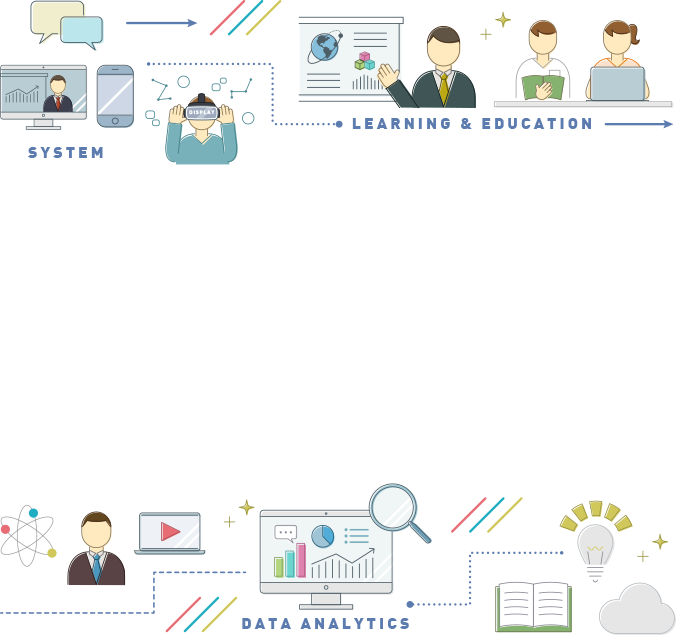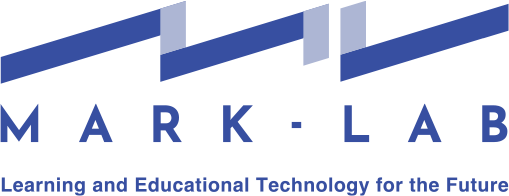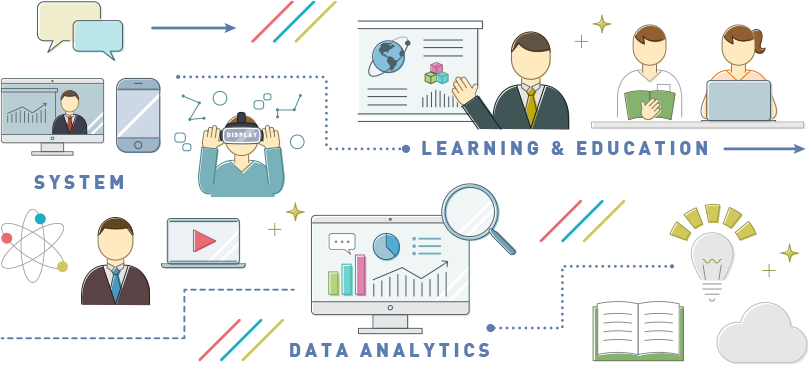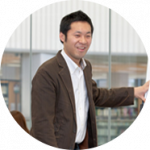Hello everyone, this is Hao, an academic research fellow.
In this post, I would like to introduce the paper we discussed in our recent English-language literature seminar, along with my personal reflections.
Paper Title: How authentic does authentic learning have to be?
Journal: Higher Education Pedagogies
Volume and Pages: Vol. 3, No. 1, 495–509
Year: 2018
Authors: Kate Roach, Emanuela Tilley, and John Mitchell
Overview of the Paper
This study explores how authentic learning can be implemented and evaluated within the context of higher education, particularly in the field of engineering. The goal is to better understand how students perceive authentic learning experiences and to support the effective integration of problem-based learning (PBL) throughout degree programs.
At University College London (UCL), the Faculty of Engineering undertook a curriculum reform aimed at increasing opportunities for students to apply technical knowledge in practice. The course featured in the paper is one example of this initiative: a project designed to support the development of both technical and professional competencies through authentic learning-based PBL activities. The study specifically focuses on a required first-term course called The Challenges, targeting undergraduate engineering students.
PBL was originally developed in medical education to help students build knowledge through the simulation of professional practice. It centers on self-directed learning, teamwork, and problem-solving. PBL can take many forms, from single-discipline issues to interdisciplinary, open-ended problems. In engineering education, design-based problems are especially well-suited to this latter type of PBL.
So, how can educators bring PBL scenarios closer to the types of challenges students may face in the workplace? The authors turn to the concept of authentic learning for answers.
Authentic learning, rooted in research on workplace learning, emphasizes that learning should be integrated with practical application. It requires students to apply knowledge in real—or realistically simulated—contexts in order to promote deep cognitive development. Barab et al. (2000) noted that while there is overlap between PBL and authentic learning, not all PBL can be considered authentic learning. For PBL to be authentic, it must provide students with open-ended, creative, and inquiry-based learning experiences.
At UCL, the engineering faculty incorporated various authentic PBL activities into its undergraduate curriculum to help students develop both technical knowledge and professional skills.
The Challenges aimed to prepare students for future careers by combining real-world issues with interdisciplinary collaboration. It consisted of two five-week-long projects—Challenge 1 and Challenge 2—spanning from the first day of enrollment to the end of the first term. Students worked in teams to solve problems during this period.
-
Challenge 1: Focused on orienting students to their chosen major and department.
-
Challenge 2: Involved solving a broad, interdisciplinary problem related to global health.
A qualitative approach was used to analyze responses from 305 students who completed evaluation questions about The Challenges. The primary aim of the evaluation was to determine the learning outcomes achieved by students upon completing the course.
The Student Evaluation Questionnaire (SEQ) was administered online during or immediately after the final session of The Challenges. It included both checkbox and open-ended items.
Students first selected which learning objectives they felt they had achieved. Then, they responded to open-ended questions. The qualitative responses were analyzed using an inductive approach.
The analysis focused on students’ answers to the following three questions:
-
What did you like most about The Challenges?
-
If you could change one thing about Challenge 1 or Challenge 2, what would it be?
-
Which learning objectives do you feel you achieved through The Challenges?
The most frequent reason students cited for enjoying the course was that they found the learning activities authentic. Many students referred to contextual knowledge, with most making brief comments about “real workplace environments” or “tasks engineers face in their daily work.” A smaller number of students provided more detailed impressions, also emphasizing the importance of contextual learning. Overall, the data strongly supported the authenticity of the tasks.
The authors argue that even though students were not physically in real-world workplaces, the classroom-based activities simulated the entire process of encountering, discussing, analyzing, and solving problems—thus creating an authentic learning experience.
My Reflections
As I’ve been developing the structure of my doctoral dissertation, I’ve been reviewing literature on authentic learning. In doing so, I’ve noticed that the definition of authentic learning remains somewhat ambiguous. This led me to question: To what extent must a learning experience be “authentic” to truly be considered authentic learning? That’s why I chose to read this paper.
One key takeaway is that authenticity in learning lies in enabling students to engage in the process of solving real-world problems within the classroom. However, it is unfortunate that the paper does not provide detailed information on the specific design of the learning problems or activities used in The Challenges, despite the promise implied in the title.
I hope that future studies will delve deeper into evaluating the effectiveness of instruction specifically designed for authentic learning.







